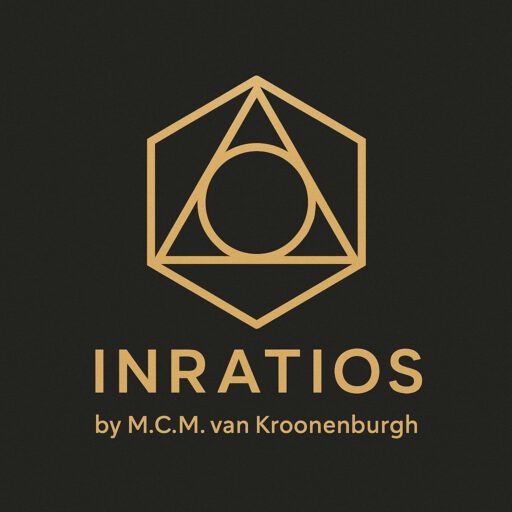Why I believe in It
From Pi to Pattern – A Personal Geometry Shift (4/4)
The Breaking Point
I started with a shape. I ended with a system.
What began as a geometric curiosity about how to handle circles more cleanly, became something else. I’m now working on an entirely concept: a way to think in ratios, to measure visually, and to teach digital systems how to see.
GRM isn’t a finished product, and that’s exactly the point. It’s not yet a plugin or a standard feature in the tools we use. At this moment it is a concept. It’s a working system, a tested logic, and a foundation ready to be built upon.
I believe in it more than ever, not because it’s done, but because it’s ready. That’s why I’m learning to code, to build the tools that don’t yet exist.
I’m open to collaboration, to bring GRM from theoretical clarity to practical power.
What GRM Can Already Do
GRM doesn’t need irrational numbers. It scales with fixed ratios. It compares forms based on structure, not formulas. It tolerates deviation without needing to correct it.
And in digital systems, that matters. Because pixels don’t lie. They either exist or they don’t. You can count them. Compare them. Match ratios.
That means you can:
- Measure how much of a bounding box is occupied (in SAU or SVU)
- Estimate the likelihood that a shape fits an ideal structure
- Quantify deviation directionally, not just numerically
- Describe structure without naming it
In image processing, if something occupies 0.7854 of a square, and it’s evenly distributed, it’s probably a circle. That’s not classification. That’s logic.
Efficiency Is the Hidden Promise
AI systems today guess, iterate, retrain. They don’t always know what they’re looking for. But efficiency doesn’t just come from recognizing standard shapes. It comes from recognizing proportions, and moreover, the relationships between them. GRM makes it possible to not only compare forms, but also to detect natural variation between proportional systems.
If you train AI not just on forms, but on the expected ratios those forms typically exhibit, and how they naturally vary, you begin to unlock a new kind of understanding: one where deviation becomes meaningful. Here expected irregularities become identifiable signatures.
If we introduce GRM early in the process, it can pre-check ratios before running full recognition pipelines. You can filter based on structure and guide generation, not just evaluate output.
Less guessing. More grounding.
In CAD, this means snapping to ratio instead of anchor. In image search, it means faster exclusion. In generative systems, it means more focused prompts with less waste.
Structure first. Meaning second. Error, interpretable.
This Is Not a Coincidence
GRM works not because it challenges math, but because it honors it in a digital way. It suggests something subtle but important: irrational constants, while powerful in theory, often introduce friction in finite digital systems. GRM proposes an alternative: to build from ratio, using consistent proportional logic that matches how digital structures operate.
GRM defines structure before it tries to describe it.
Because once you do that, a whole new category of interpretation opens up:
- Shapes become patterns.
- Deviations become fingerprints.
- Form becomes language.
That’s not a dream. That’s a direction.
Why I Still Believe in It
GRM may or may not become a part of the digital world. For now, it stands as a foundation, a model, a logic, with the potential to evolve into multiple forms of application.
But if you ask me why I keep building, it’s because I see what happens when we apply it. When GRM-structure guides the process, something interesting happens: prompting becomes clearer, complexity goes down, and iteration counts drop. Even now, working with tools like ChatGPT or generative models shows that using GRM logic reduces trial-and-error and improves precision.
Digital systems stop guessing. They begin to see, not by recognition alone, but by understanding structure.
Even if GRM begins as a way to help digital systems understand structure before they define it, that alone signals something powerful. I see it as the foundation for something bigger, a geometry that belongs in the systems we’re building. But I can’t shape it alone. If this resonates with you, I welcome your ideas, your skills, your perspective. Let’s develop, explore, and expand what GRM can become, together.
This isn’t the end of a theory. It’s the beginning of a geometry built for the systems that now shape our world.

